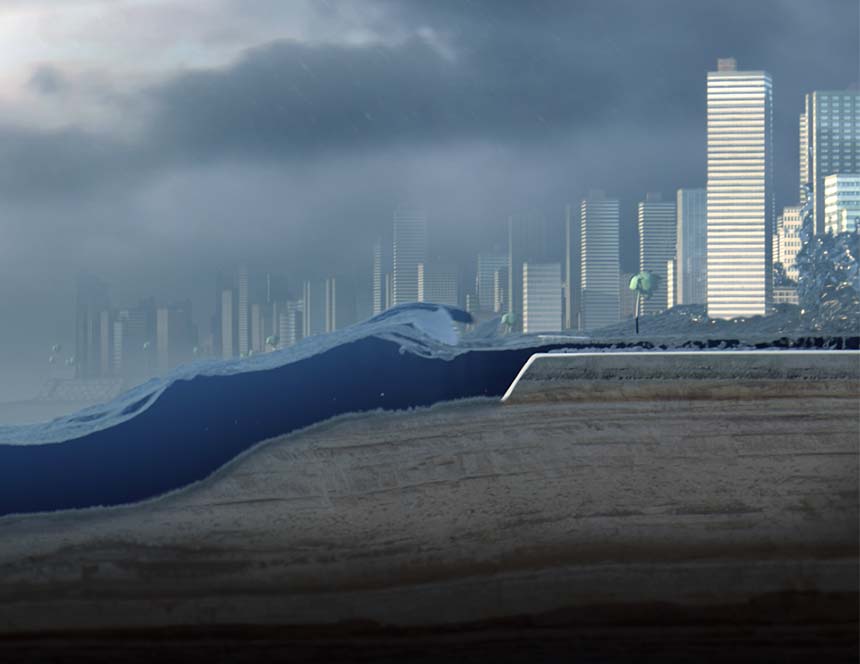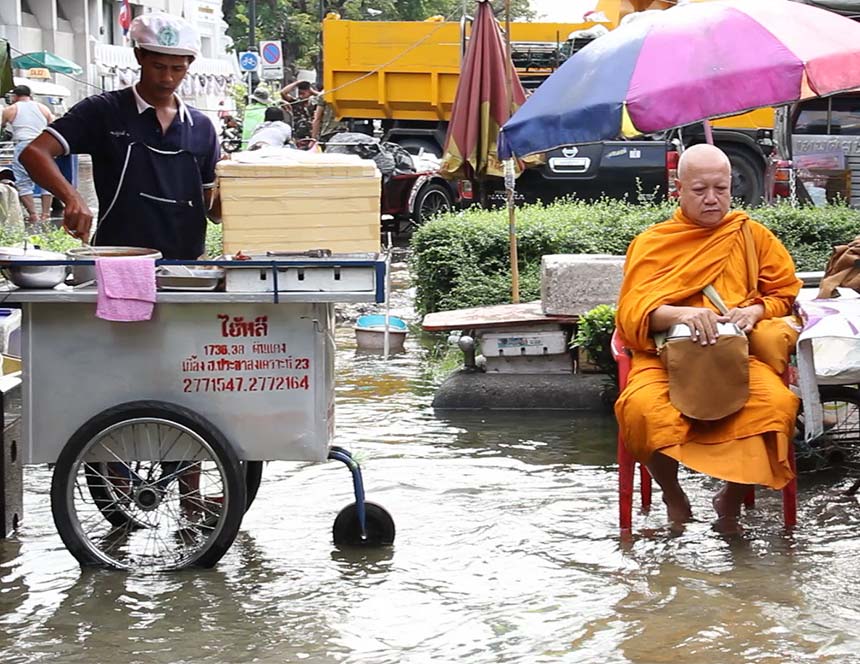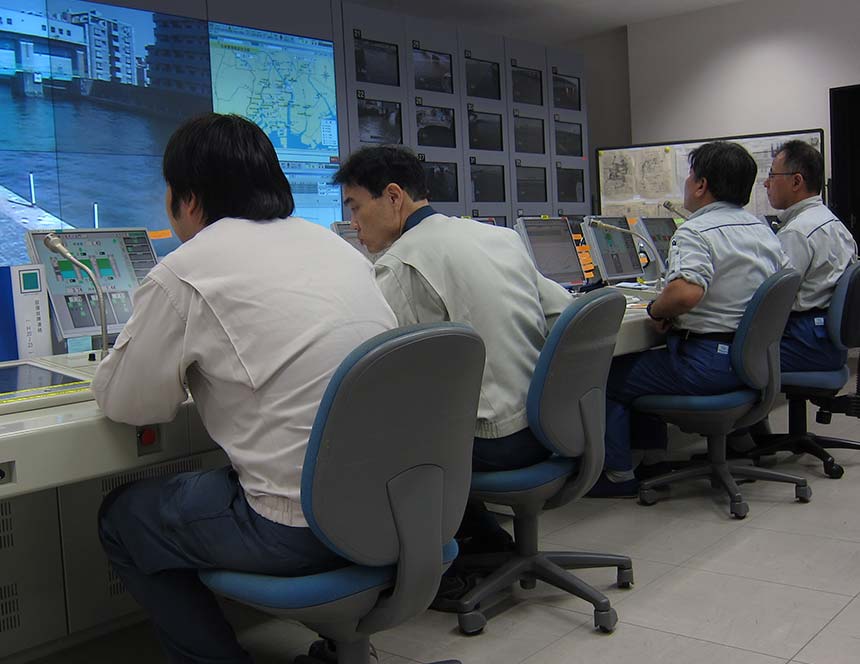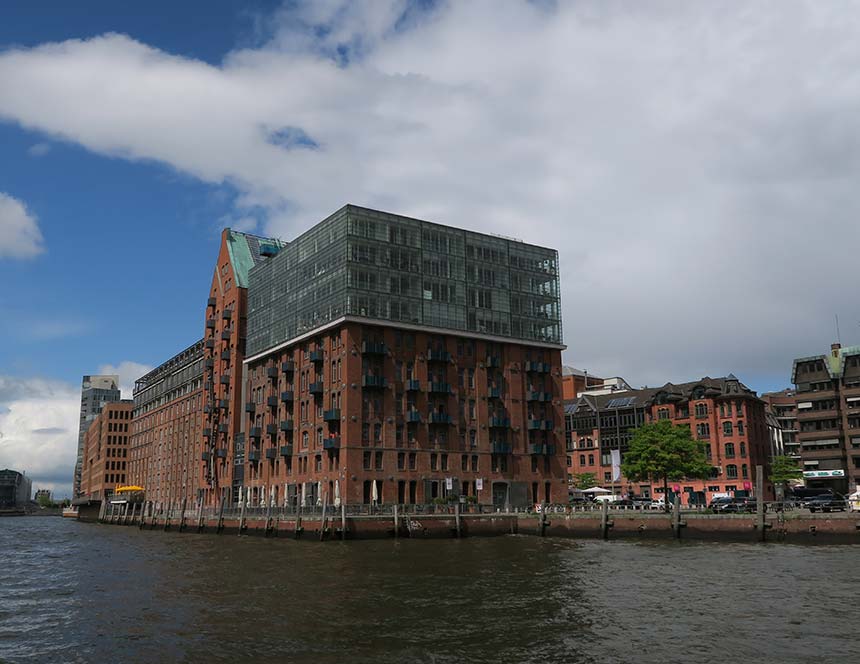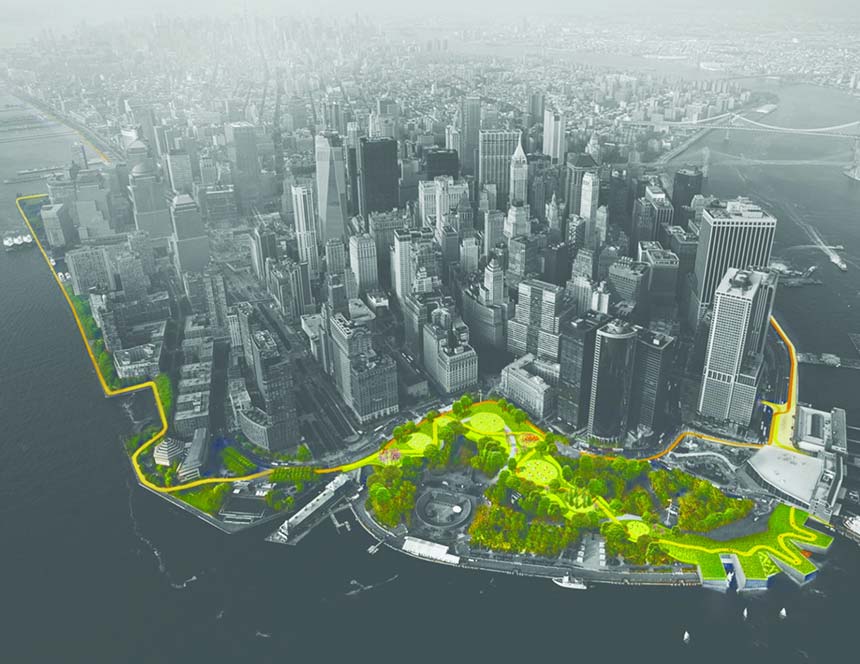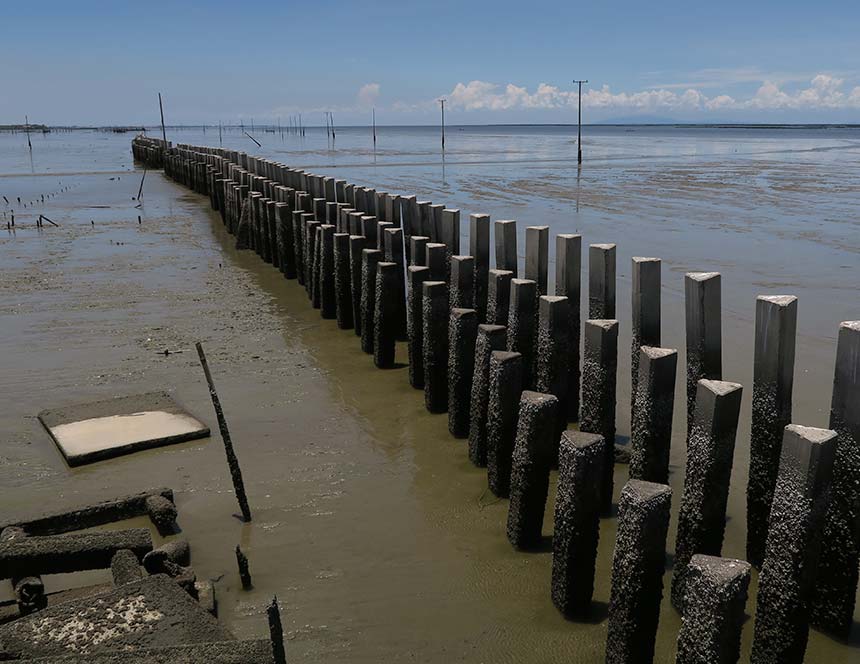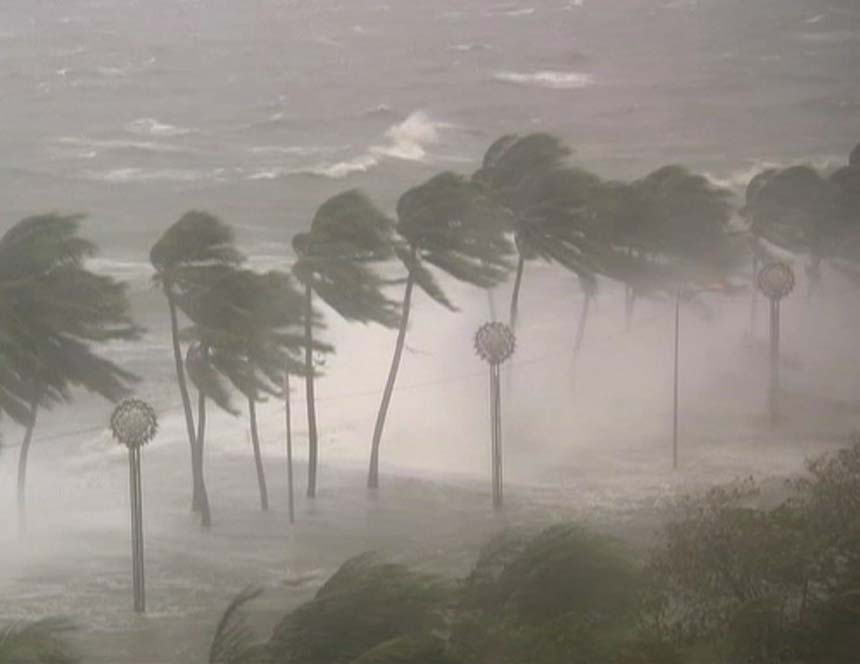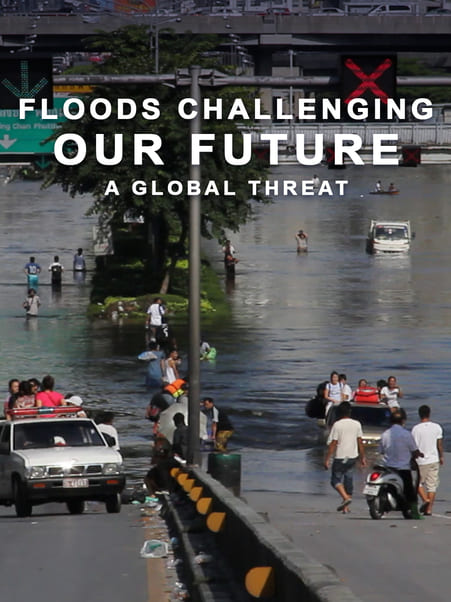Floods challenging our future
A global threat
© 2022 Georama TV Films Productions / ARTE France /NHK
A Co-Production



with the participation of







With the support of
Centre national du cinéma et de l’image animée
La Région Midi Pyrénées
Procirep – ANGOA
Centre du Cinéma et de l’Audiovisuel de La Fédération Wallonie
Tax Shelter du Gouvernement Fédéral Belge
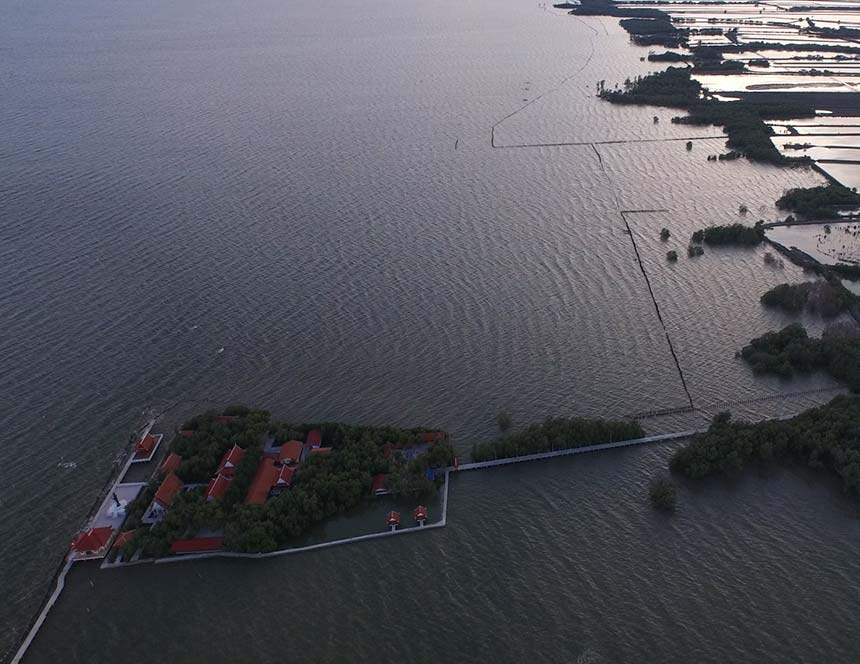
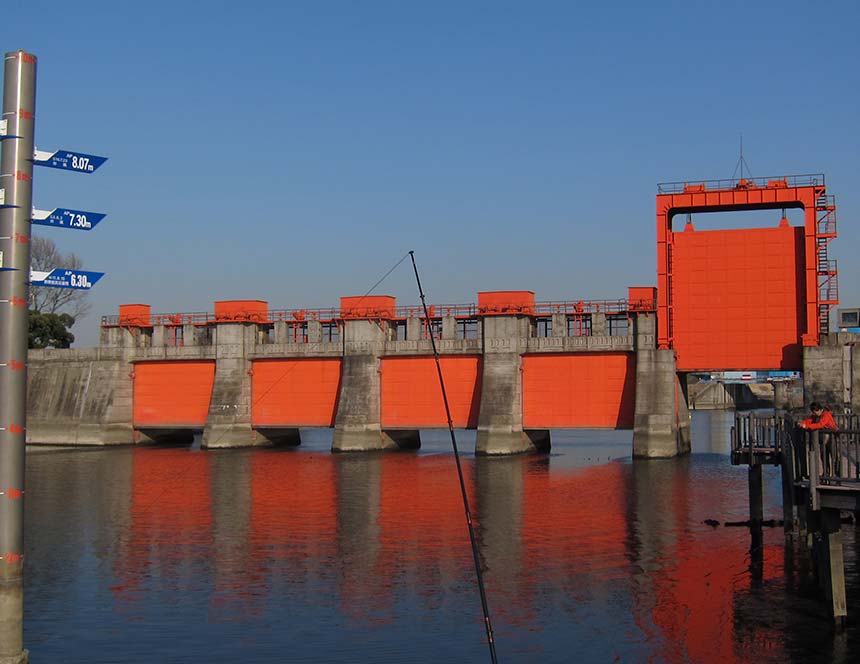
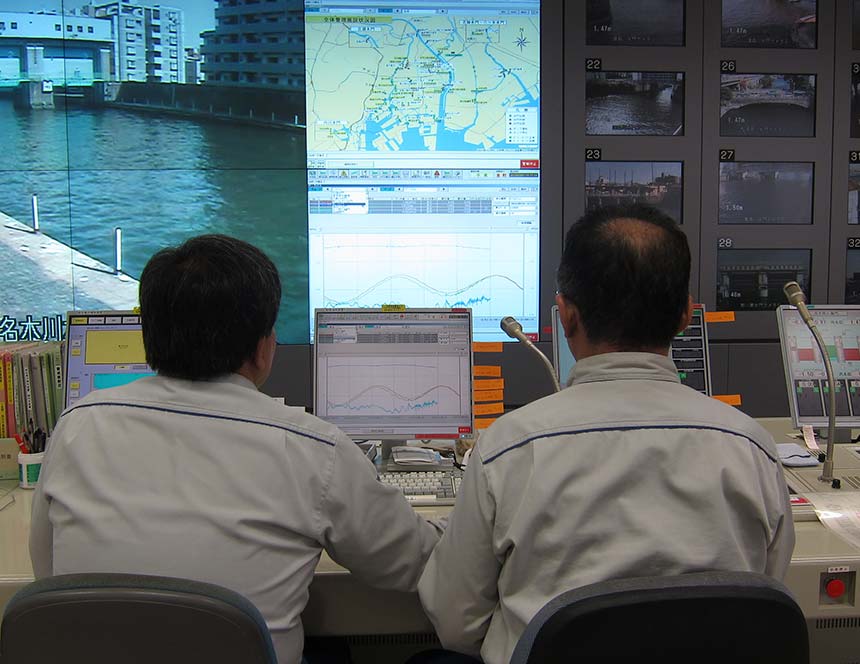
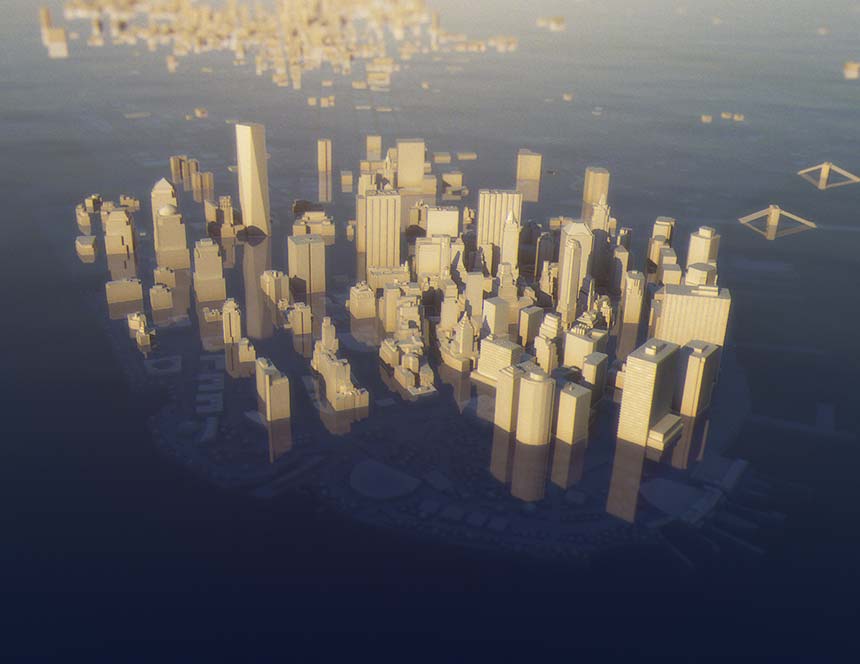
Considering that science is capable of anticipating dangers and of suggesting protections, why do such disasters occur so often? Can they be avoided?
The catastrophic floods of New York, Bangkok and New-Orleans have shed light on the extreme vulnerability of more than 130 coastal cities faced with the violence of the sea. The mega-cities are threatened by a series of unusual phenomena : a surprising (an unexpected ou a newly revealed) subsidence of soils, an unexplained rising of the sea level in some parts of the world,an increase in the frequency of extreme climatic events and exponential urbanization.
The waters are rising
The catastrophic floods of New York, Bangkok and New-Orleans have shed light on the extreme vulnerability of more than 130 coastal cities faced with the violence of the sea. The mega-cities are threatened by a series of unusual phenomena : a surprising subsidence of soils, an unexplained rising of the level of the sea in some parts of the world, an increase in the frequency of extreme climatic events and exponential urbanization. Considering that science is capable of anticipating dangers and of suggesting protections, why do such disasters occur so often? Can they be avoided?
“Flood, Challenging our future” takes us from New York to Tokyo and Bangkok, visiting Shanghai, the Netherlands and Germany on the way. It reveals the latest scientific, geological and oceanographic discoveries, and confirms the risks involved for the inhabitants. It highlights the obstacles that must be overcome and the issues faced by those who conceive the protection of mega-cities in the 21st century. A true political will is needed to come up with sustainable solutions and to create urban “resilience”…
Throughout the world, oceanographers, coastal engineers, geologists, economists, architects and insurance companies cooperate to understand, anticipate and create a strategy of sustainable protection. The approach is needed urgently and must be multidisciplinary; it constitutes a challenge for the whole planet…
Authors
Scénario
Nicolas Koutsikas, Emeraude Zervoudis and Marie Mandy
Film Crew
Director :
Marie Mandy
Script :
Nicolas Koutsikas, Emeraude Zervoudis et Marie Mandy
Narration :
Marianne Cramer et Marie MAndy
Image :
Vincent Fooy
Sound :
Patrick Maurois
Editor :
Yann Coquart, Colette Beltran, Françoise Ricard
Music :
Hélène Blazy
Sound mix :
Matthieu Cochin
Production :
Nicolas Koutsikas (Georama TV)
Scientifics
MALCOLM BOWMAN, oceanographer, University of Stonybrook, NY
« Every year there is a 100% chance that a hurricane like Sandy will recur. It doesn’t sound like much, but if I was sitting on a plane waiting for takeoff and the pilot said, “There is a one in one hundred chance that this plane will fall today!” I would leave the plane. So the risk is indeed quite high.»
ROBERT NICHOLLS, coastal engineer, Southampton
« More and more people are moving to cities. More than half of the population lives in cities, we are no longer rural, we have become an urban species. »
JAMES SYVITSKI, océanographer, University of Colorado-Boulder, USA
« Who are these governments who decide that it is OK to have 5 million, 10 or 20 million people living on a delta without effectively protecting them ? »
STEFAN RAHMSTORF, climatologist, university of Postdam
« We will probably lose coastal cities because of the rising sea because we will not be able to protect them ».
STEPHANE HALLEGATTE, économist, World Bank, Washington
« You don’t have to wait for a disaster to act, what you have to do is exactly the opposite: act before the disaster. »
SCOTT MC PARTLAND, storm hunter, New York
« Never in my life would I have thought that I would film a hurricane of the force of Sandy, here in my hometown of NYC. »
ASHVIN DAYAL, desk « 100 Resilient cities », Bangkok
« Look out the window in Bangkokn for the constructions in progress and ask yourself the question: were these constructions carried out with hydrological models taking floods into account, to check if by erecting a building here, the community that will Will living suffer the next time there is torrential rain? No. People are not educated enough, there is not enough awareness of how these rain patterns are changing, how this risk of one percent of flood goes to 2%, then 10% then 20% with the climate change. »
TIANLIAN YANG, director of the subsidence control center, Shanghai
« Subsidence is a very important risk threatening the skyscrapers of Shanghai. »
MALCOLM BOWMAN, océanographer, Univ. de Stonybrook, NY
« If we had a sealed will, or a time capsule closed for 50 years, and the next generations opened it, they would read, “Look, we had a huge disaster, and we failed to take it seriously, and we has not done enough to protect future generations ”. Well, they would really wonder why we have been so slow….»
MICHAEL BERKOWICZ, Foundation Rockefeller New York
« La résilience urbaine est la capacité d’une ville à non seulement rebondir, mais aussi à continuer de se développer et prospérer, qu’elle soit confrontée à des épisodes aigus, qu’on appelle chocs, ou des problèmes chroniques qu’on appelle stress. C’est valable pour le climat comme pour le terrorisme ».
HENK OVINK, special envoy for water affairs, Pays-Bas
« To move forward, what must be done? Do not use Sandy, or Irene or Katrina as a reference for what we are going to do. We must use the future as a reference, which means, by definition, that we will have to innovate. »
KATE ORFF, architect, Nex York
« What I no longer want to see are walls in the landscape. I no longer want to see people cut off from nature. We’ve been doing this for 200 years ».
DAWN ZIMMER, mayor of the city of Hoboken, New Jersay
« There is resilience, but there is also the ability to make tough decisions “No, you cannot build on our piers. You can’t build on the waterfront ”. We are not going to put our future residents in danger by accepting constructions on our coast. »
KATE ORFF, architect, Nex York
« We need a different ideology, a new engagement with the natural world. Which is not based on control, which does not consist in “blocking” but which increases our perception and increases our active engagement. »

Organize a screening or conference

